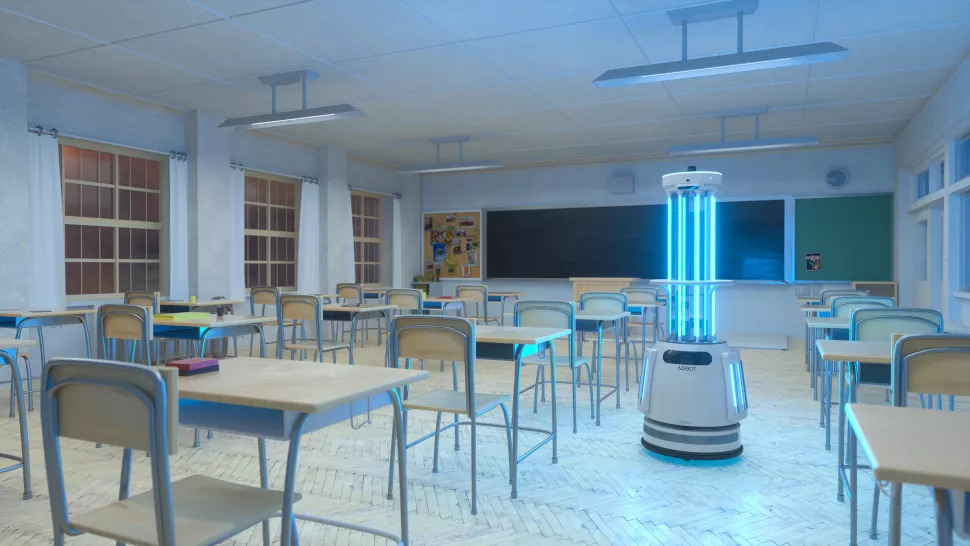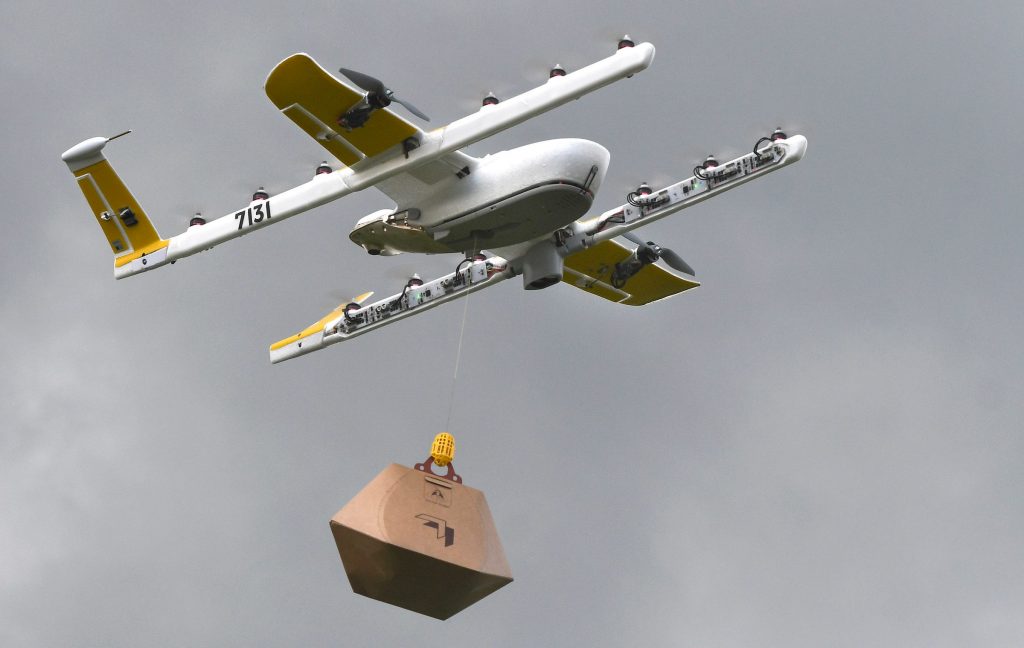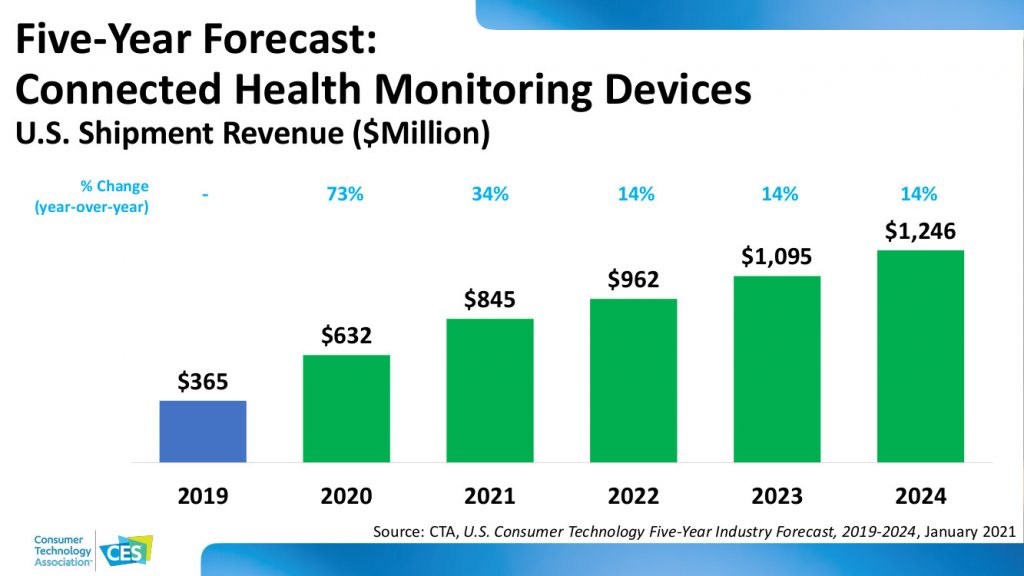
Robohub.org
Robotics trends at #CES2021

Even massive events like the 54th edition of Consumer Electronics Show (CES) have gone virtual due to the current pandemic. Since 1967, the Consumer Technology Association (CTA), which is the North American trade association for the consumer technology industry, has been organising the fair, and this year was not going to be any different—well, except they had to take the almost 300,000m${}^2$ from CES 2020 to the cloud. In this post, I mainly put the focus on current and future hardware/robotics trends presented at CES 2021 (because we all love to make predictions, even during uncertain times).
“Innovation accelerates and bunches up during economic downturns only to be unleashed as the economy begins to recover, ushering in powerful waves of technological change”—Christopher Freeman, British Economist. With this quote, I start the first session on ‘my show’ of CES 2021, ‘Tech trends to watch’ by CTA (see their slides here). There are not-that-surprising trends such as Artificial Intelligence/Machine Learning or services like cloud computing, video streaming or remote learning, but let’s kick off with hardware/robotics. Steve Koenig (Vice President of Research for CTA) highlighted this recent study from Gartner that predicts Robotic Process Automation will become a \$2 billion global industry in 2021, and will continue growing with double figures through 2024.
https://www.youtube.com/watch?v=kOVLuEee1JU
Dual Arm Robot System (DARS) from ITRI
Lesley Rorhbaugh (Director of Research for CTA) also presented some other hardware/robotics trends for 2021, including digital health wearables going beyond your wrists (for example, the Oura ring can measure your body temperature or respiratory rate, and generate a health score based on the data collected during the day, making it a potential tool to detect early COVID-19 symptoms) or robot triage helpers to support during high influx of patients at hospitals and to reduce the exposure rate of hospital workers. We all know this past year has been marked by COVID-19. In a more focused session on ‘robots to the rescue’ chaired by Eugene Demaitre (Senior Editor at the Robot Report), he stated that “this year, the definition of what a frontline worker is has changed”. In fact, the field of rescue robots has expanded with the current pandemic. Not only are they applied to assist in disaster situations nowadays, but areas such as autonomous delivery of goods, automatic cleaning for indoor sanitising (such as ADIBOT) or even cooking (such as the kitchen robot by Moley)—as Lesley showed in her session.

ADIBOT from UBTECH

Kitchen robot by Moley
“Delivery is actually the largest unautomated industry in the world”, Ahti Heinla (CEO of Starship Technologies) said. “From the consumers’ perspective, delivery today kind of works. You pay a couple bucks and you get what you want, or maybe you don’t pay these couple of bucks at all. It appears to be free. Well, guess what? It isn’t free, and while it might be working for the consumer, it isn’t always working for the company doing the delivery. They are looking for solutions.”

Delivery robot by Startship Technologies
What’s more, there’s a shortage of drivers to cope with the exponential growth of deliveries, Kathy Winter (Vice President at the IoT group at Intel) mentioned. But automation comes with a price, and the management of autonomous delivery fleets isn’t straightforwards. In relation to drone delivery, James Burgess (CEO of Wing) said that “data is one of the key elements here. There’s so much to keep track of, both individual robots or airplanes as you have, but also the environment, the weather, the traffic, the other systems that are moving through.” One of the biggest challenges is to actually develop the platform that manages the fleets. But also, “you need to build hardware, build software, think about regulations, think about safety, think about the consumer adoption and value proposition. You also need to build an app”, Ahti expressed. When it comes to regulations (whether traffic regulations for autonomous vehicles or standards for safety on sidewalks), the technology is far more advanced, Kathy said. In her opinion, we need a common standard that certifies safety of autonomous ground/aerial vehicles to avoid having different safety levels depending on the vehicle.

Delivery drone by Wing
As in recent years at CES, vehicle tech takes a huge part of the whole event. With the rise of 5G connectivity (expected to really kick off during 2021), not only are self-driving cars in the trends conversation, but also connectivity via Cellular V2X (Vehicle to Everything communication). This is especially remarkable, as the area of smart cities is also a current trend in development under the umbrella of the Internet of Things.
Hans Vestberg’s keynote at CES 2021 (CEO of Verizon)
As shown above, research into consumer habits and future technology trends is a huge part of the work that CTA does. Some preexisting tech has skyrocketed as a result of the current health crisis, as CTA’s latest research reveals. Indeed, the tech industry grew by 5.5% to \$442 billions during 2020 in the United States.

5-year tech trends forecast by CTA
While hardware-related tech—which represents three quarters of the industry retail value—had a flat growth, services grew by a substantial 31%. It is not surprising that the overall five key trends including hardware, software and services that CTA found are: 1) remote learning (educational robots, AR/VR, STEM products…), 2) digital entertainment (e.g. audio/video platforms or gaming), 3) smart homes (tech to improve energy efficiency, air/water quality, etc.), 4) online shopping (as exemplified above, autonomous grocery delivery is becoming a thing), and 5) personal vehicles & travel tech (did I mention autonomous vehicles already?). When it comes to their hardware forecast, their prediction for the short run points to smart homes technology (with home robots being a very popular choice) and digital health, an area worth \$845 millions, with a great opportunity for health-monitoring devices (e.g. wearables).

Handy bot by Samsung
Dallara IL-15 racecar, the autonomous car designed for the Indy Autonomous Challenge in October, 2021
There was also room at CES 2021 for diversity, equity and inclusion (DEI). In the session chaired by Tiffany Moore (Senior Vice President, Political and Industry Affairs at CTA), invited speakers Dawn Jones (Acting Chief Diversity and Inclusion Officer & Global Director of Social Impact communications, policy and strategy at Intel) and Monica Poindexter (Head of Employee Relations and Inclusion & Diversity at Lyft) commented on the findings from the reports on diversity, inclusion and racial equity launched recently by Intel and Lyft. As stressed by both Dawn and Monica, retention and progression of employees from underrepresented groups is key for successful DEI in the long run. In fact, it can take at least one or two years before the outcome of DEI policies start to show up, Monica pointed out. Another crucial aspect both speakers shared is the support from the C-suite and middle managers. They all have to believe in the same DEI goals across the organisation. Active listening and the implementation of mechanisms for bottom-up feedback where employees can anonymously express their opinion and raise their concerns have also helped both companies improve their DEI. However, the two reports show there are still DEI barriers to break down (e.g. no more than 21.3% were females at senior, directors or executive levels at Intel in 2020, and there was an overall loss of 1.9% of the Black/African American employees at Lyft last year). That is why the work done by organisations such as Women in Robotics and Blacks in Robotics is vital to improve DEI inside companies. Still, a lot of work to be done.
Let’s hope #CES2022 returns to Las Vegas (because this will mean the pandemic is over). See you there!
tags: c-Events




